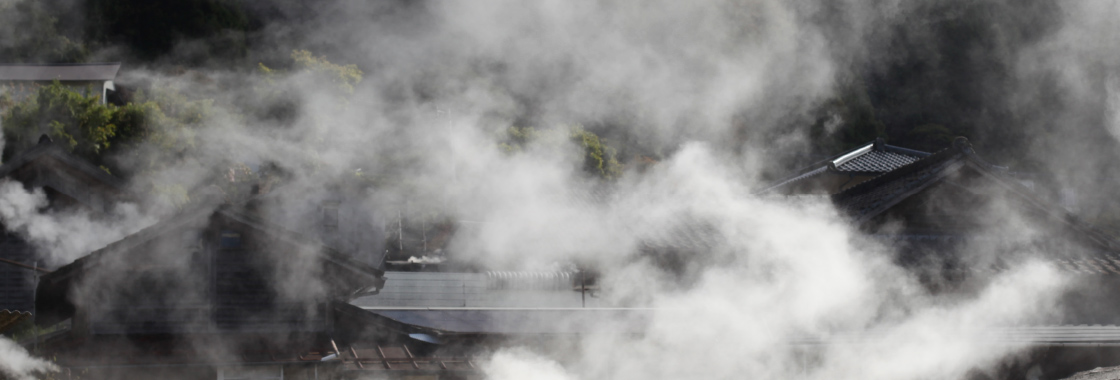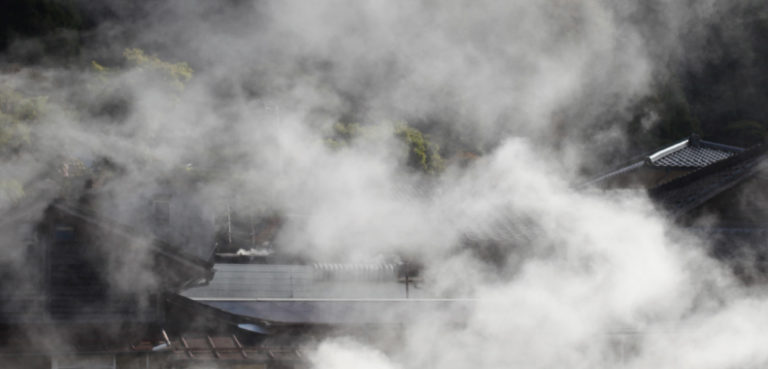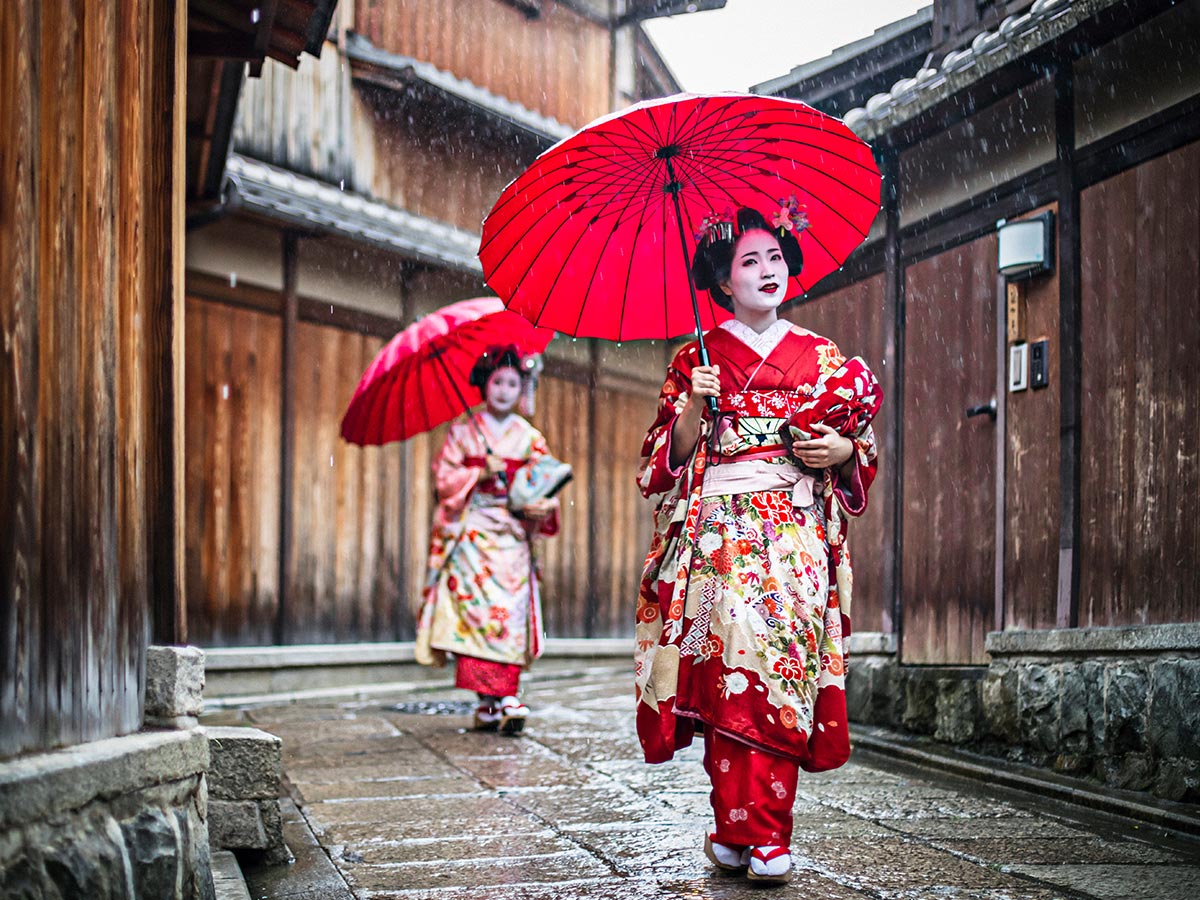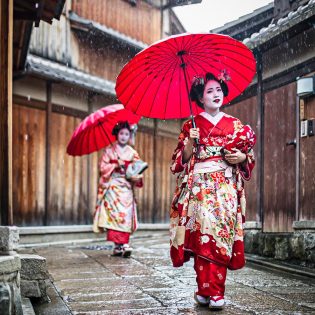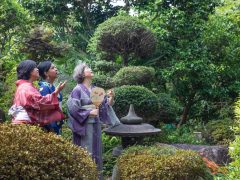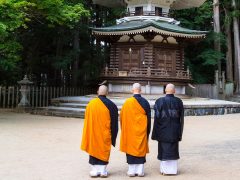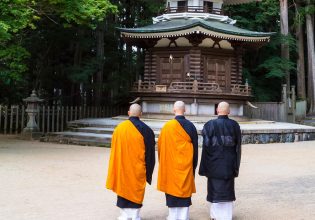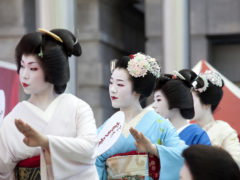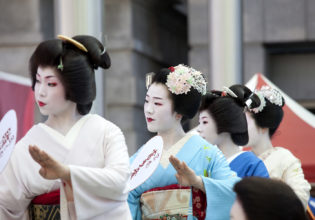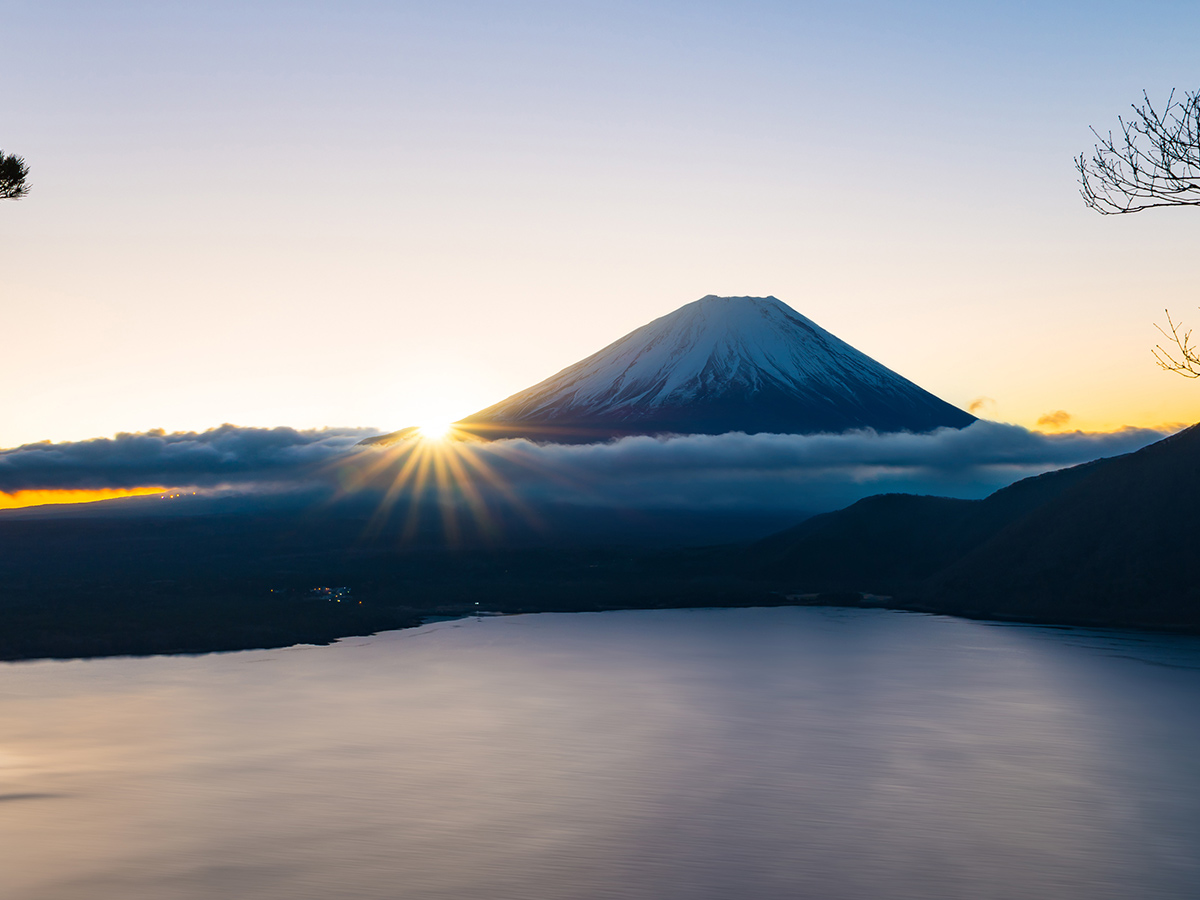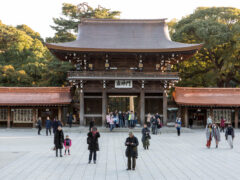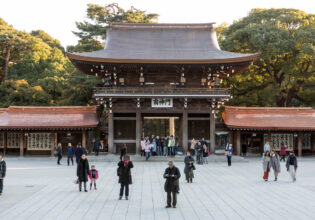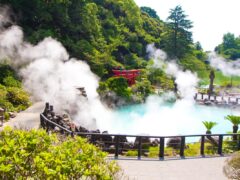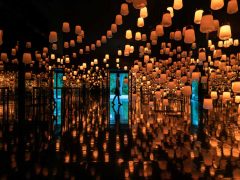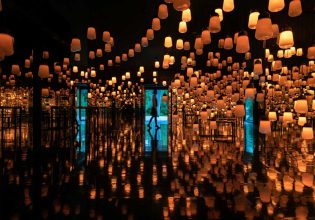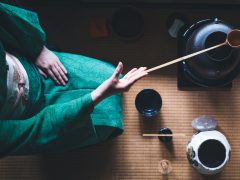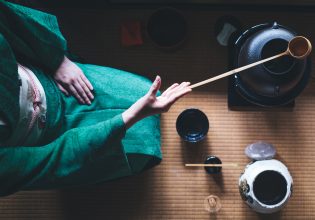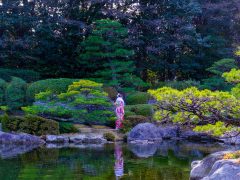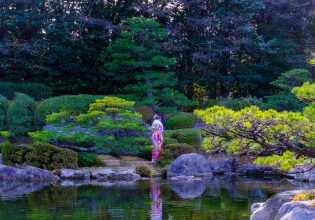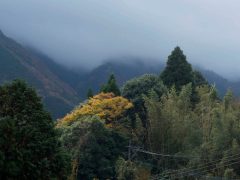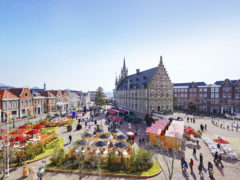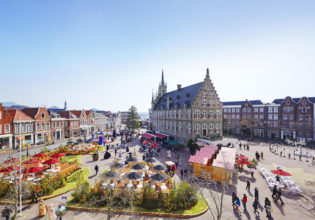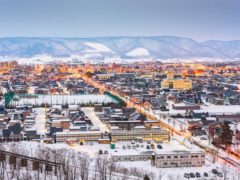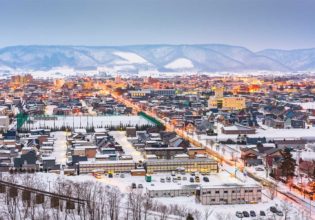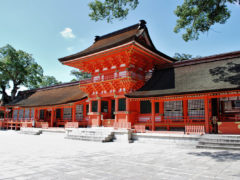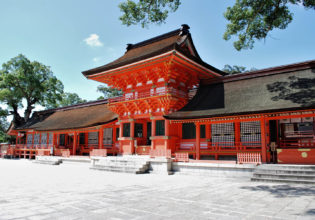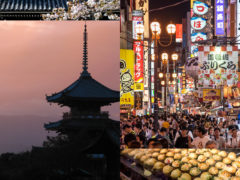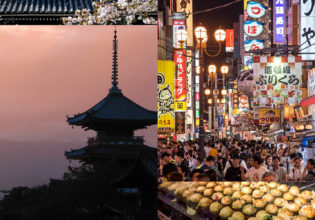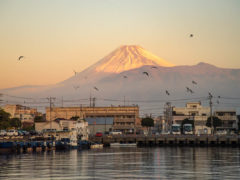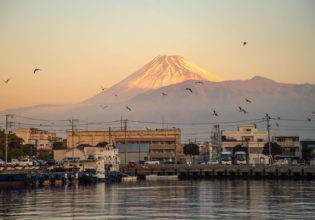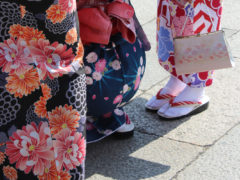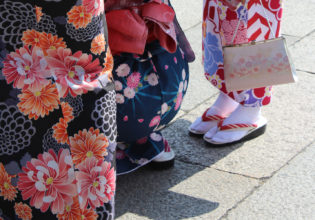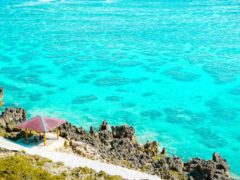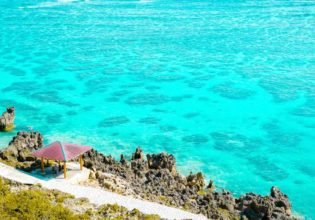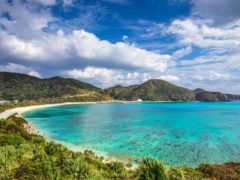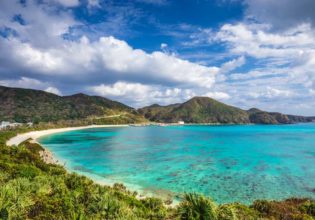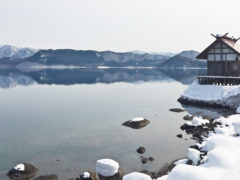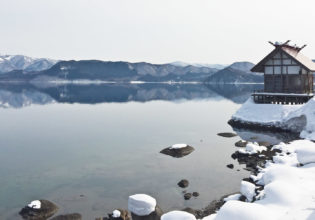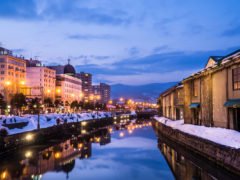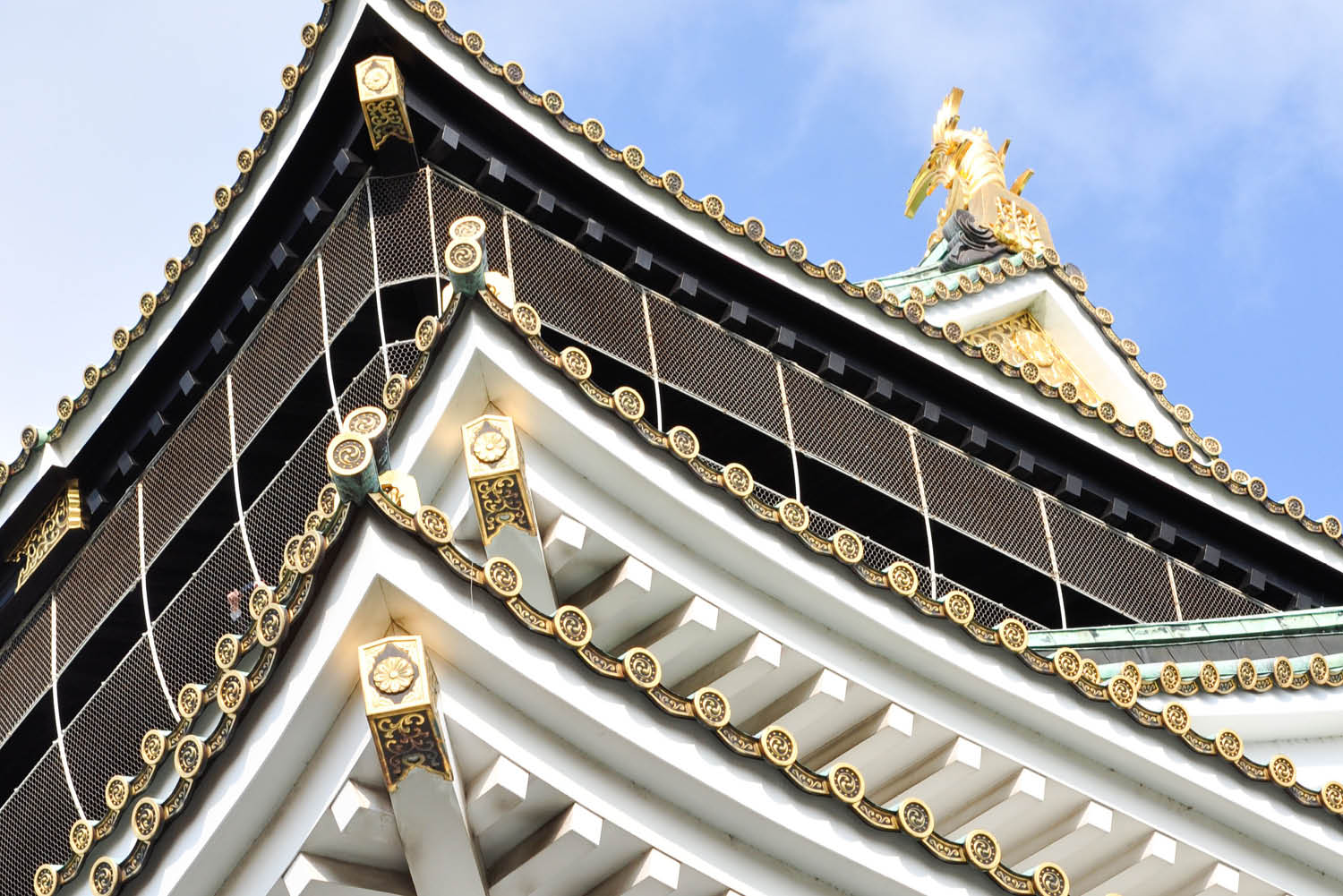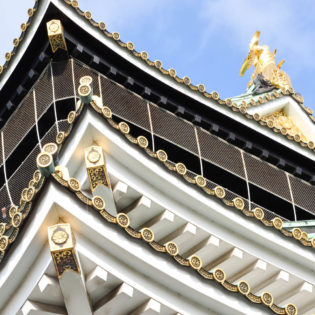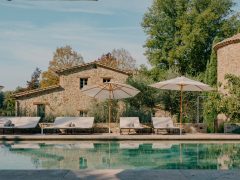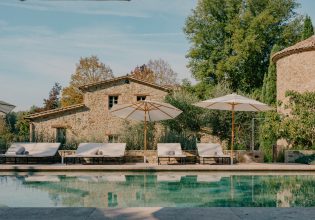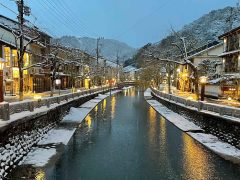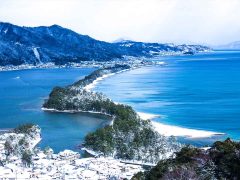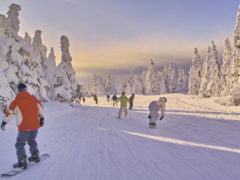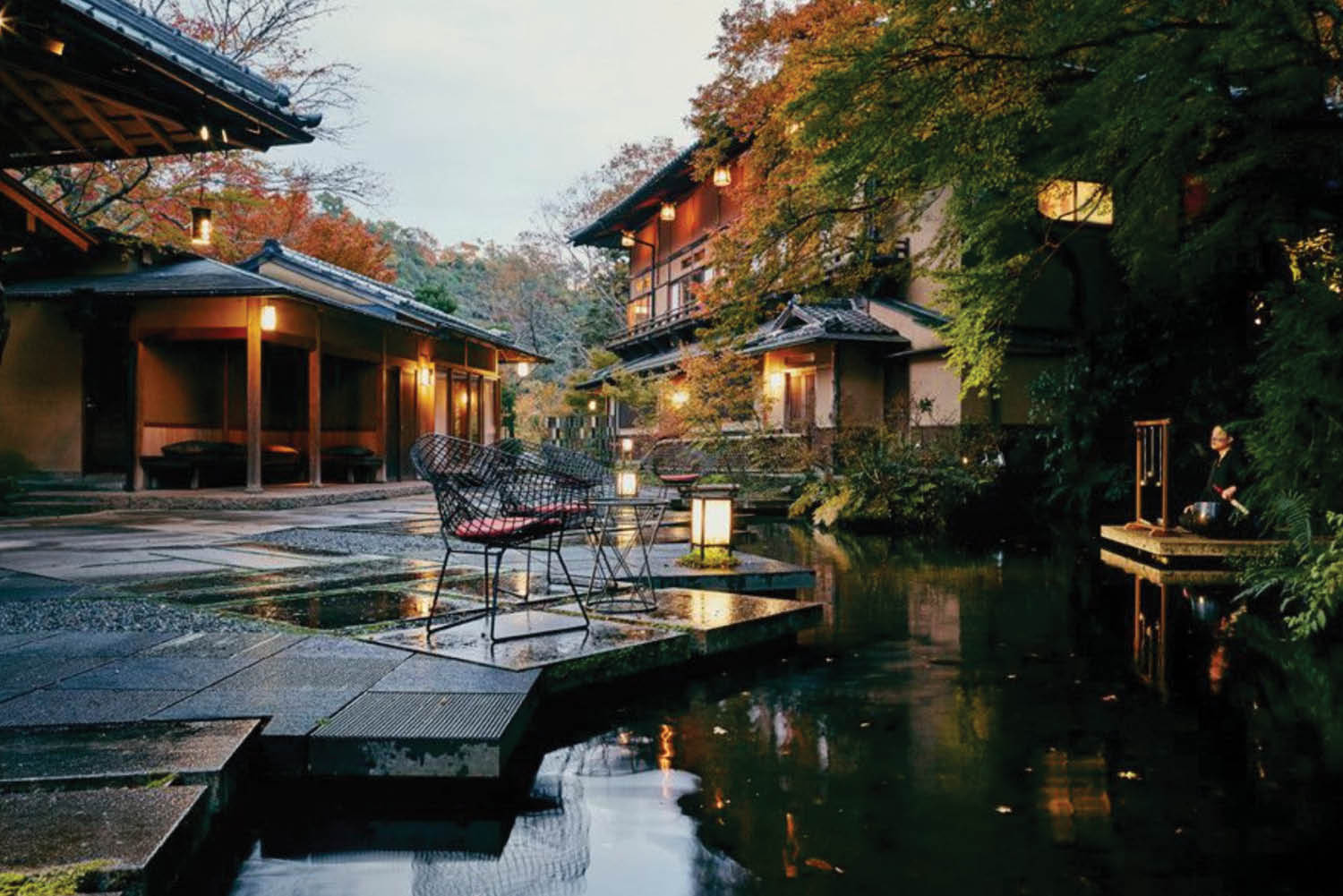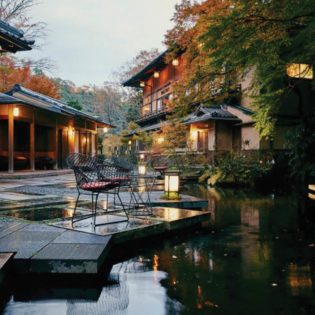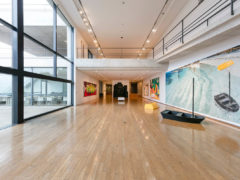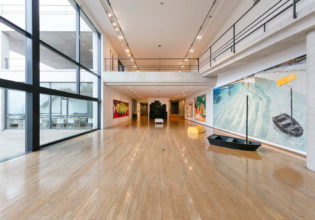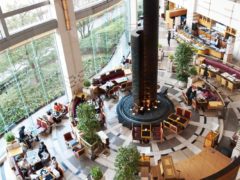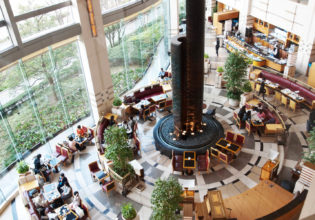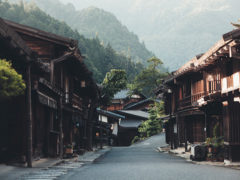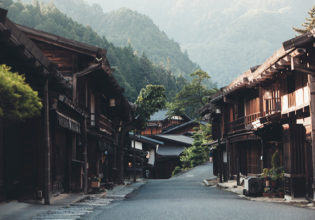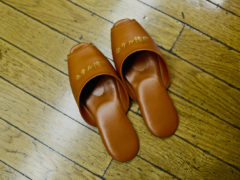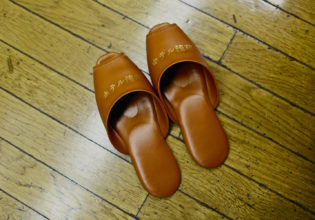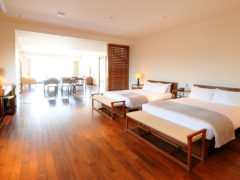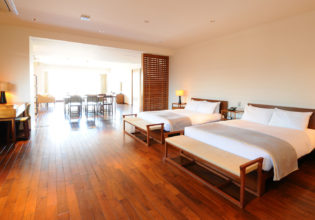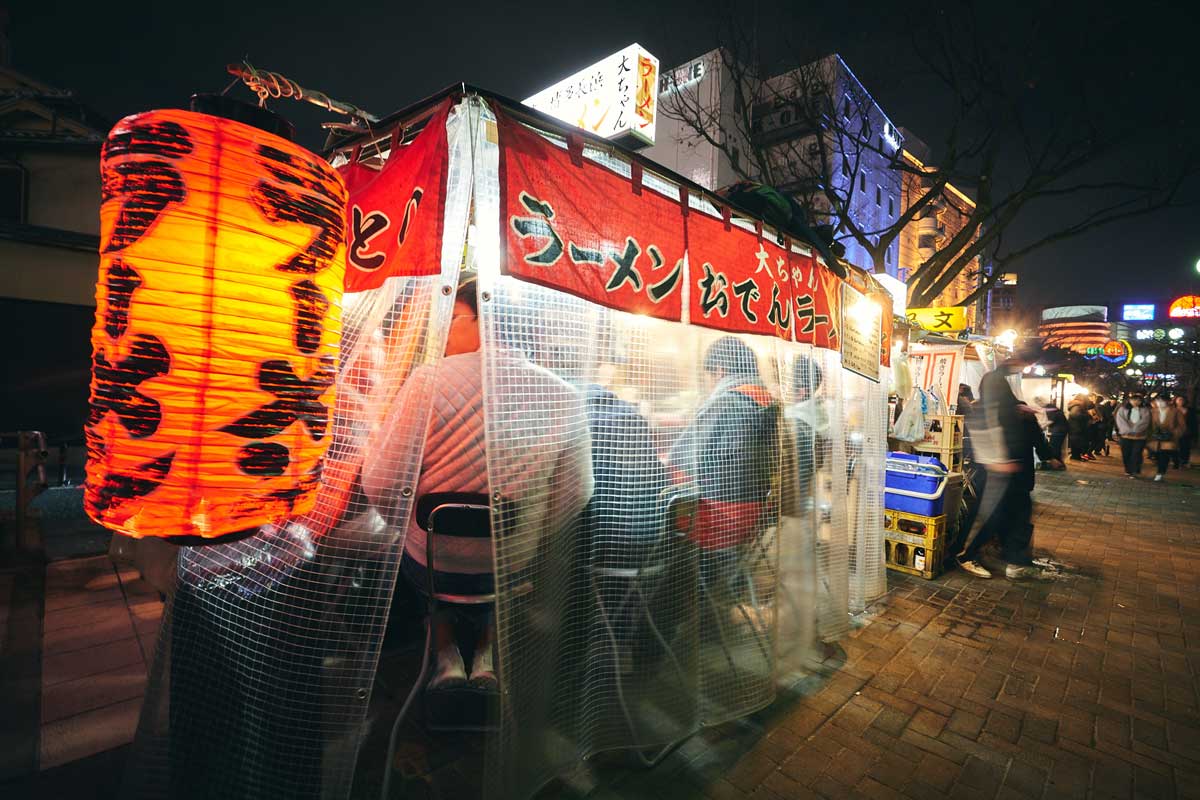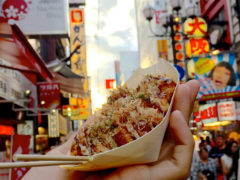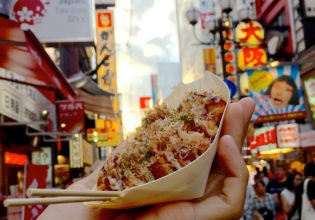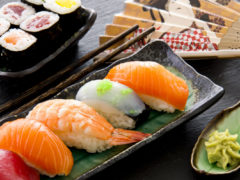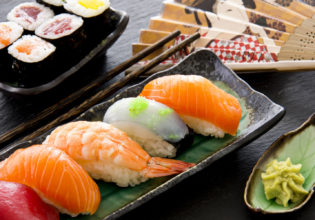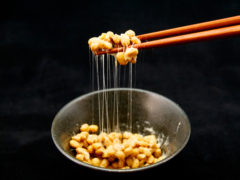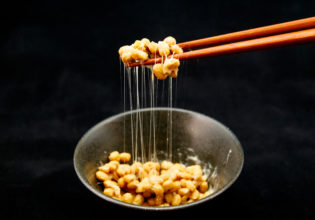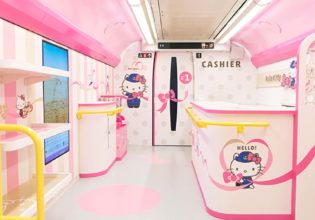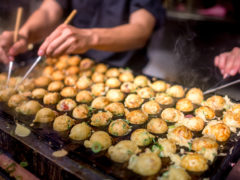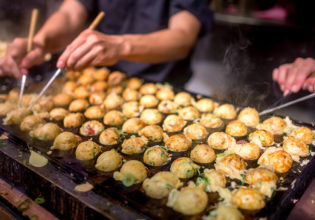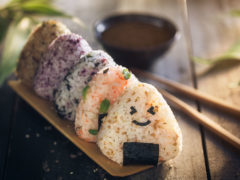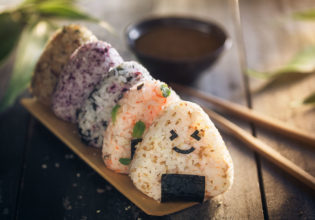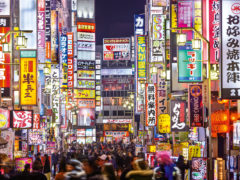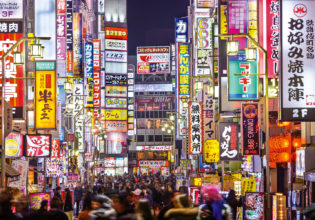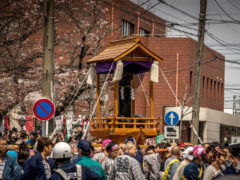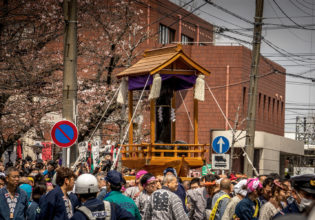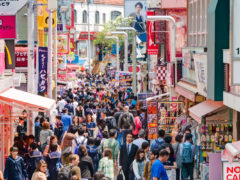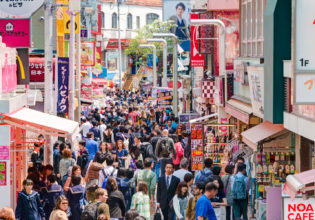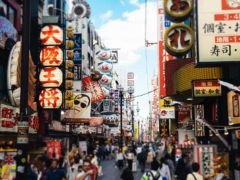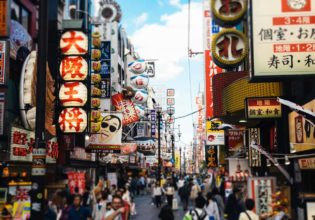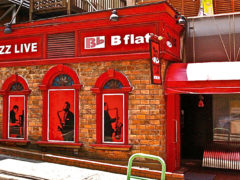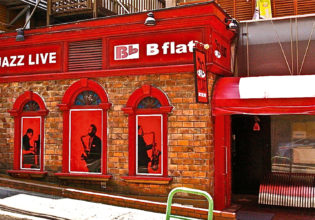Also known as the ‘Land of the Rising Sun’, Japan is a country steeped deep in rich culture and traditions. It’s also, however, a country that is at the forefront of technology and development. Truly timeless, Japan is a fusion of ancient traditions and contemporary mod-cons, and the seamless combination makes it seem as if it’s the most natural thing in the world. Welcome to our Japan travel guide.
Things to see in Japan
On the surface, Japan seems to be an exceptionally modern country. However, travelling around, you’ll find there are more opportunities to connect with traditional culture than previously thought.
Cherry blossoms
A truly unique experience to Japan, seeing the bloom of the Cherry Blossoms in March and April truly is magical. A visit to Hitsujiyama Park is a must with both the shibazakura (lawn cherry blossoms) and the Shibazakura Hill with more than 400,000 trees of nine different varieties on display. Set against the backdrop of Mount Buko, the patchwork of pink, red, white and violet is spectacular.
Kabukicho in Tokyo
Kabukicho in Tokyo is one of Japan’s biggest red light districts, a haven for nightclubs and bars. However, it has evolved to be more than just the glitz. With famous Robot Restaurant in the area and the delight of the neon signs, Kabukicho has become one of Tokyo’s biggest attractions. It’s also where VR Zone Shinjuki is where you can play games such as Mario Cart in virtual reality.
Itsukushima Shrine
Steeped in religious significance, the Itsukushima Shrine is one of the country’s best. The shrine was built like a pier over the water so it appears to float during high tide. Historically, commoners were not allowed to visit the island in order to maintain its purity. Now, it’s one of Japan’s leading attractions.
Scramble Crossing
Shibuya is home to the ‘Scramble Crossing’. While it may look like merely a pedestrian crossing, it has become of the most iconic sights of Tokyo. On an average weekday, more than 2.8 million people use the crossing. The area is also home to Tokyo’s hippest clothing brands and cutting-edge fashions shops.
Kawachi Fuji Gardens
Kawachi Fuji Gardens will truly leave you speechless with wisteria blossoms in full bloom. There’s also the wisteria dome to walk through. Remember to get your timing right with this one though as the flowers bloom for only a small window of time, from the end of April to the middle of May.
Arashiyama Monkey Park Iwatayama
Always wanted to come face to face with a monkey? Head to Arashiyama Monkey Park Iwatayama in Kyoto. You can feed the monkeys and play with them, and there are also wild birds and deer. Just remember, the animals are wild so you need to follow the park rules. Enjoy the walk up the mountain and bask in the spectacular view.
Kabuki
If you’re up for some Japanese entertainment, the Kabuki has been registered by UNESCO has a cultural heritage art form. It’s flashy and over the top and the dramatics are sure to entertain.
Hiroshima Peace Memorial Museum
Finally, a visit to the Hiroshima Peace Memorial Museum is a must. As the only country to have an atomic bomb dropped on it, the Museum is a tribute to the tens of thousands of people who lost their lives and to those who survived. It uses personal belongings left by the victims, artefacts, testimonies and more to convey the horrors of what really happened.
Best places to visit in Japan
Of course, Tokyo, Osaka and Kyoto are high on the visiting list for many tourists. However, there is much more to Japan than the main cities.
Mount Fuji
It’s one of the most well-known symbols of Japan and is a registered UNESCO World Heritage Site, so it’s definitely not one to be missed. Just looking at Mount Fuji is an experience in itself but climbing it is truly magical. Best to go from July to the middle of September if you wish to climb. Just remember, it is exceptionally challenging and not for the faint-hearted.
Ueno Park
If you only have a couple of days to spare, Ueno Park is an excellent option. It’s a smorgasbord of attractions so you can sample the country’s unique charm and traditions all within the one venue. There’s also a shopping bazaar which evokes memories of an ancient black market. Nearby is also Yanaka which is one of the few regions in the area to survive the destruction of World War II. It’s an authentic view of Japan’s historic and cultural past.
Kenrokuen
A huge park reminiscent of the Edo era, Kenrokuen is designed to be beautiful all year round. It’s one of the three great gardens of Japan and the scenery changes according to the time of year thanks to the differing trees that are planted throughout the garden. There are walking trails throughout, and teahouses to stop and enjoy traditional Japanese sweets and tea.
Kamakura
Kamakura was once the military capital of Japan and is largely responsible for what we know as samurai culture today. It’s also one of the birthplaces of Zen Buddhism with many temples still practicing Buddha’s teachings. While it is traditionally a day trip from Tokyo, there is a lot to see and do so you can stay for a couple of nights if you wish. There are lively beaches, shopping alleys and delicious local restaurants. It’s sure to charm every visitor.
Yokohama
With a welcoming and relaxed vibe Yokohama is filled to the brim with history and charm. Whether you’re exploring the Minato Mirai waterfront or walking through the world’s biggest Chinatown district, taking a stroll through Yokohama is a highlight of a visit to Japan.
Best time to visit Japan
Japan is stunning all year round, however the best time to visit largely depends on what you’re planning on doing.
Cherry blossom season
If you want to catch the cherry blossoms, best to be there in late March or early April. Likewise, if you’re keen to see the colours of the autumn leaves, which is one of the most popular times to visit Japan, the best time to visit is September through to November.
For more information on seeing the cherry blossoms in Japan, read our guide on everything you need to know.
Winter
What’s great about Japan is the ability to be outdoors. The country is covered with mountains and the hiking is incredible. Pair this with the bubbling hot springs and the snow during winter and you won’t be disappointed no matter what time of year you go.
Cultural celebrations
It’s also a good idea to be mindful of all the cultural celebrations that happen in Japan. Being there for cultural days such as the Birth of Buddha which is celebrated throughout Japan on 8 April or Tanabata Matsuri, the Star Festival, on the 7 July is a lovely way to experience first-hand the traditions of the culture. However, these are busy times to visit so bear this in mind when you’re booking your dates.
Tours and Deals
Depending on the amount of time a visitor has in Japan, it may be worth booking a tour in order to get the most bang for your buck. There are several kinds of tours offered in Japan, those that are more immersive and those that provide the highlights. There are also tours that will see you board flights and those that will mean hopping on high-speed trains. It really depends on whether you want to plan your trip yourself or leave it to the experts.
Once in the cities as well, there are day tours you can do to specific sites or places. These can be bus tours, private car tours or even cycling or Segway tours.
Choosing where to stay in Japan
From hotel chains to luxury accommodation and traditional house stays, Japan has it all.
Luxury Accommodation
Set on the Hozu River, Suiran Koyoto is an authentic Japanese-style luxury hotel combining relaxation with modern convenience. It’s perfectly positioned to enjoy some of Japan’s most interesting sights. It’s intimate with only 39 guestrooms, each designed with Kyoto in mind. Some rooms even include an open-air bath.
Aman Tokyo occupies the top six floors of the Otemachi Tower and it really feels like a sanctuary in the sky. Drawing inspiration from traditional Japanese structures, the hotel uses timber, Washi paper and stone to blend modern and luxury feels. Each room or suite is uniquely laid out with magnificent city views and includes a large furo (a deep tub for traditional Japanese bathing). There’s also an inner garden to enjoy, bringing tranquillity to the centre of Tokyo.
Founded in 1928 in the spa town of Yamashiro, Beniya Mukayu is elegantly designed and emphasises the importance of light, shade and neutral colours. Each room has a private open-air bath with views over the authentic Japanese garden. There are traditional tea ceremonies performed and yoga is available every morning, plus, of course, the on-site spa.
For something a bit different, the Hoshinoya Fuji is a luxury glamping experience set in the forested mountainside. The luxury accommodation is set on the shores of Kawaguchi Lake at the base of Mount Fuji and is made up of small cabins scattered along the mountain.
Top Hotel Chains
Of course, being a first world country, the top hotel chains have found their way to the major Japanese cities. Hotels such as the Four Seasons, the Ritz Carlton in Kyoto and the Shangri-La all have a presence in Tokyo as well as Kyoto. There’s also the Park Hyatt, the St Regis in Osaka, The Hilton in Tokyo and the Hyatt Regency in Gora. Any choice you make with the major hotel chains will be a good one.
Ryokan, Minshuku and other Traditional Stays
For something a bit more cultural, there are an abundance of ryokans and minshukus around Japan. Both offer authentic traditional stays, however, there is a difference between the two types of accommodation. Ryokan evokes the Japan of yesteryear, often located in nature and near hot springs, the buildings are made of wood and bamboo with tatami flooring and rice paper partitions. Guests are greeted by the mistress of the place dressed in a kimono and outdoor shoes are replaced with slippers before entering. Meals are served in the room, often on a low table.
Minshuku are traditional guest houses or bed and breakfasts. They are usually farms or fishermen’s houses and can be found in quite remote locations. There is often a shared bathroom and meals are usually enjoyed together.
Kanamean Nishitomiya is an elegant ryokan inn with contemporary touches. It is family run and even includes a Michelin-starred restaurant. The central location in Kyoto makes it the perfect place to base yourself to explore the city and surrounds.
One of Tokyo’s most charming inns, Ryokan Sawanoya is located in the Yanaka district and is traditionally family-owned. The hotel dates back to 1949 and really feels like you’re staying in a private Japanese house.
For something a bit different, Book and Bed in Tokyo is based on the simple concept of ‘books’. It’s a hipster heaven with a wall of bookcases and 12 openings that lead to ‘bookshelf beds’ where guests sleep. It’s exceptionally cosy so definitely not for the claustrophobic.
Read our guide to everything to know about ryokans in Japan before you book.
Best places to eat in Japan
The Japanese are known for the unique delicacies. While there are opportunities to eat Westernised food, why go to Japan to eat French fries?
Robot Restaurant, Tokyo
More than just the food, Robot Restaurant in Tokyo’s Kabukicho district is a unique entertainment experience. The 90-minute show changes constantly, and features dancers, special effects, monsters and more. It’s truly unlike anything you’ve ever experienced.
Nishiki Market, Kyoto
On the complete other end of the spectrum, there’s Nishiki Market in Kyoto, which serves traditional takoyaki. It’s cheap and cheerful and perfect for a quick bite to eat.
Seafood
Of course, there are different regions of Japan that specialise in different kinds of food. For seafood, head to Shimoda, home to a number of fish markets and restaurants that specialise in squid and snapper.
Cheese
Love cheese (and cheesecake)? Hokkaido, in the north of Japan, is home to some of the best dairy products in the country. Don’t forget to sample the Hokkaido cheese tart with buttery pastry and warm gooey sweet cheese.
Soba noodles in Morioka
While soba noodles are not unique or new in Japan, the city of Morioka is known for wanko soba, also known as little bowls of soba. Visiting a restaurant here is an experience in itself, with dedicated waiters who will patiently wait until you’re finished your tiny bowl before handing over another one. When full, all you need to do is cover the bowl and the waiter will stop replenishing it.
Takoyaki in Osaka
For the famed Takoyaki octopus balls, Osaka is the place to go. It’s the perfect on-the-go meal or snack. Think of it as a traditional form of fast food.
Ramen in Yokohama
Finally, to enjoy a deliciously warm bowl of ramen, a visit to Yokohama is in order. The city even has a ramen museum and it’s believed that the world’s first Japanese ramen shop opened in Yokohama. The city is so proud of its heritage, that there’s a dedicated ramen festival each year.
Cultural experiences and festivities in Japan
Japanese culture is extraordinary. It’s interesting and charming, and most definitely unique.
Sumo wrestling
Sumo is Japan’s national sport. Originating in ancient times, the Japanese style of wrestling was used to entertain the deities, and some religious rituals are still followed today. Because there are no weight restrictions, it’s encouraged to gain weight to have an edge over the opponent. There are six tournaments held every year and it’s a fascinating sport to watch.
Geisha culture
If you want to experience Geisha culture, you need to head to Kyoto. Less than 100 geisha remain in the city, working in the traditional teahouses. Geishas were introduced in the Edo era of Japan, when the country cut off all ties with the outside world. The role of the geisha is to entertain and charm, playing music, dancing and joining in with drinking games when necessary.
Japanese tea ceremonies
There is also the traditional Japanese tea ceremony, known as the sado. The ritual of preparing and serving Japanese tea, known as Matcha, alongside traditional Japanese sweets, puts the emphasis on the guest, becoming more like a choreographed routine rather than the simple act of pouring a cup of tea. Enjoying a traditional Japanese tea ceremony is a definite highlight.
Cultural charm meets historical tradition meets modern technology, Japan is a whirlwind of adventure, intrigue and exploration.
